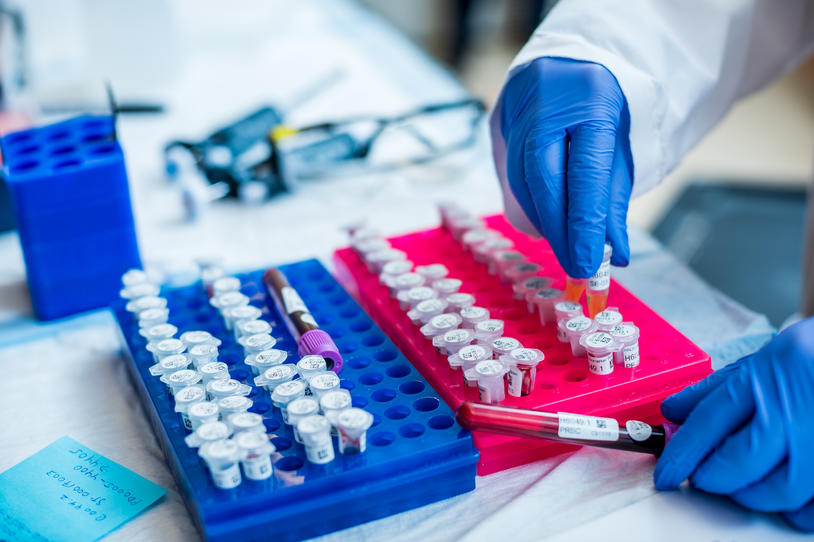
Our landmark Parkinson's Progression Markers Initiative (PPMI) study aims to better define and measure Parkinson's disease so scientists can find new ways to treat it. Now following nearly 1,400 participants at 33 clinical sites around the world, PPMI collects data and biosamples over at least five years to better understand how the disease changes over time.
Because PPMI makes data and biosamples available to qualified researchers, more great minds are analyzing an astonishing amount of information to look for trends and clues that could point to new disease measures and therapies.
In this latest roundup of news from the PPMI study, we share recent findings from PPMI data and specimens and an acknowledgement of the study’s contributions.
Mutation Carriers without Symptoms
The American Academy of Neurology awarded a team of PPMI investigators led by steering committee member Dr. Tanya Simuni from Northwestern University a 2019 Movement Disorders Abstract of Distinction award. At the academy’s annual meeting in May, Simuni presented on characteristics shared by people in PPMI who carry a LRRK2 or GBA mutation but have not been diagnosed with Parkinson’s disease. PPMI has enrolled 194 non-manifesting LRRK2 carriers and 132 non-manifesting GBA carriers.
Compared to control volunteers, both groups had higher scores on the Unified Parkinson’s Disease Rating Scale (UPDRS), a measure of clinical symptoms. They also showed more change on the Montreal Cognitive Assessment scale. These findings show subtle motor and non-motor signs of disease that can precede diagnosis. Following these people to see who develops Parkinson’s is essential for establishing early disease measures, which could help researchers develop and test prevention therapies.
Alpha-synuclein in Spinal Fluid
The alpha-synuclein protein clumps in brain cells in Parkinson’s, making it a promising marker of disease. As scientists work toward a way to visualize alpha-synuclein in the living brain, they also are looking for proxy measures. Spinal fluid bathes the brain so assessing alpha-synuclein in this biosample may help understand its activity in the brain and measure disease.
Analysis from PPMI investigators recently published in the journal Movement Disorders showed that alpha-synuclein levels are lower in people with Parkinson’s and people with risk factors at their first visit in PPMI but do not correlate with progression [as measured by symptom change and dopamine transporter (DaT) brain scan].
What do these results mean? Unfortunately alpha-synuclein in spinal fluid alone is not a viable progression marker, but investigators continue to evaluate different ways to measure toxic forms of this protein.
Motor Symptom Subtypes
Another important finding from PPMI data involves the use of movement symptoms subtypes. Early in disease people often experience either more tremor or more posture and gait problems. Researchers are interested in using disease subtypes to choose participants for certain studies and test therapies against certain symptoms.
Researchers from a number of academic institutions, The Michael J. Fox Foundation (MJFF) and the National Institutes of Health (NIH) authored a paper published in the journal Parkinsonism and Related Disorders summarizing analysis of data from PPMI and another MJFF and NIH-supported study, BioFIND.
They found that subtypes are not fixed but change with disease progression and with dopamine treatment. The severity of the subtypes lessened too — people may have had both tremor and gait problems or less severe tremor. The researchers recommend pursuit of a “more stable classification system for subtypes based on underlying biological differences.” PPMI is looking at biological differences for subtypes and markers as well.
PPMI is continuing to build and analyze data sets and biosample libraries that can help identify, potentially eliminate and hopefully prove objective measures of Parkinson’s disease risk, onset and progression. The contributions of the volunteers, staff and scientists makes this progress possible.
